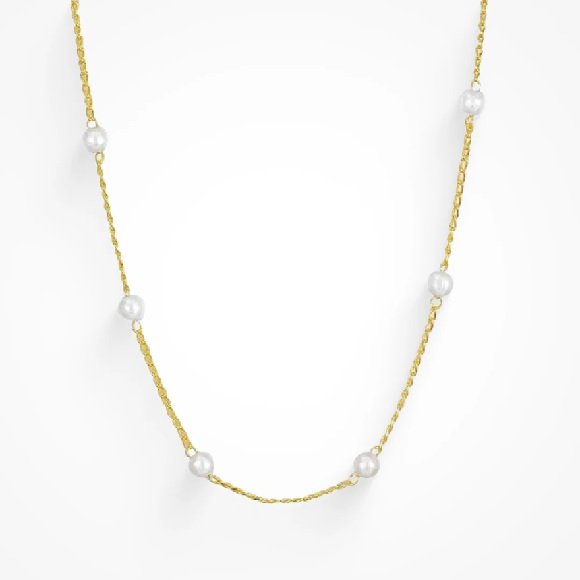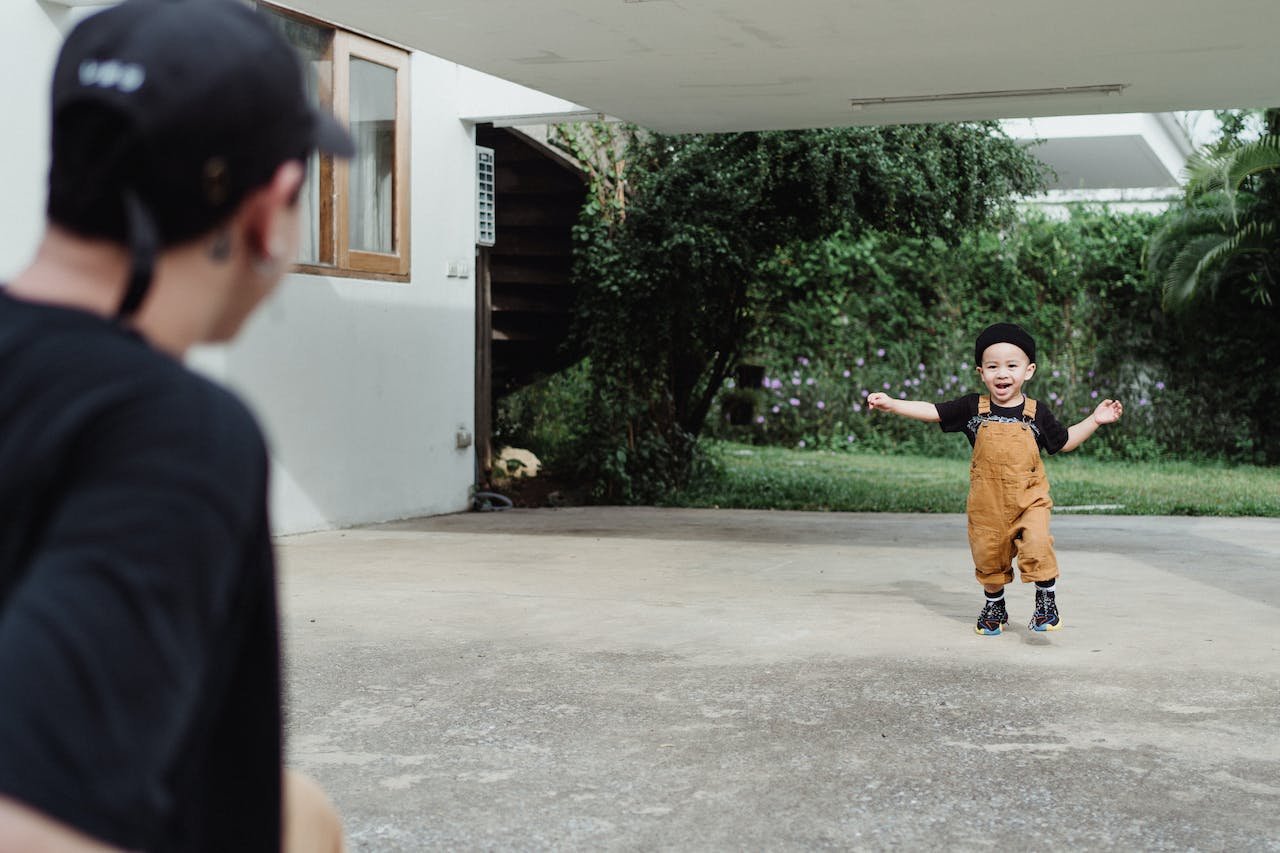A Comprehensive Guide to Picking the Right Queen Goose Down Comforter

When it comes to getting a good night’s sleep, nothing quite compares to the luxurious comfort of a goose-down comforter. A queen goose-down comforter offers the perfect blend of warmth, softness, and breathability, making it an ideal choice for those looking to upgrade their bedding and eventually quality of sleep. However, the many available options can be overwhelming when selecting the right comforter. This comprehensive guide will help you navigate the key factors to consider when picking the perfect queen goose-down comforter for your bedroom.
Fill Power and Its Importance
One of the most important factors to consider when selecting a queen goose down comforter is the fill power. Fill power refers to the measurement of the loft or fluffiness of the down, and it directly correlates with the comforter’s insulating ability. Essentially, the higher the fill power, the more warmth the comforter will provide without adding extra weight.
Fill power typically ranges from 400 to 900, with higher numbers indicating superior quality. A comforter with a fill power of 600-700 is considered excellent for most climates, providing a good balance of warmth and weight. For colder climates or those who prefer a warmer sleep environment, a fill power of 700 or higher is recommended.
Thread Count and Fabric Quality
The outer shell of the comforter is just as important as the fill itself. The fabric that encases the downplays a crucial role in the comforter’s overall feel and durability. Thread count refers to the number of threads per square inch of fabric, and a higher thread count generally means a softer and more durable fabric.
A thread count of at least 300 is recommended for a queen goose-down comforter. This ensures that the fabric is tightly woven, preventing the down from leaking out over time. Additionally, a higher thread count fabric is less likely to allow dust mites and allergens to penetrate the comforter, making it a better choice for those with allergies.
Cotton is the most common fabric choice due to its softness and breathability. Egyptian cotton, in particular, is highly sought after for its luxurious feel. However, some comforters feature a blend of cotton and synthetic fibers, which can offer added durability and wrinkle resistance.
Baffle Box Construction vs. Sewn-Through Construction
Another critical factor to consider is the comforter’s construction. Goose-down comforters are typically constructed using one of two methods: baffle box construction or sewn-through construction.
Baffle Box Construction: This method involves sewing thin strips of fabric between the comforter’s top and bottom layers, creating small, individual boxes that keep the down evenly distributed. This construction allows the down to fully expand and provides better insulation. Baffle box comforters are often more expensive but offer superior warmth and durability.
Sewn-Through Construction: In this method, the top and bottom layers of the comforter are sewn directly together, creating pockets of down. While this construction is less expensive, it can result in cold spots where the down is compressed. Sewn-through comforters are a good option for those on a budget or for use in warmer climates where maximum insulation is not necessary.
Weight and Warmth Level
Queen goose-down comforters come in various weights, typically categorized as lightweight, medium-weight, and heavy-weight. The right weight for you depends on your preference and the climate you live in.
Lightweight Comforters: These are ideal for warmer climates or for individuals who tend to sleep hot. They provide a comfortable level of warmth without causing overheating.
Medium Weight Comforters: These offer a balance of warmth and breathability, making them a versatile choice for year-round use in most climates.
Heavyweight Comforters: Designed for colder climates, heavyweight comforters provide maximum warmth and insulation. They are perfect for those who prefer a cozy, toasty sleep environment.
When choosing the weight, consider your typical sleeping environment and how warm you like to be at night. It’s also worth noting that some comforters are labeled as “all-season” and are designed to provide adequate warmth throughout the year.
Allergies and Hypoallergenic Options
While goose down is a natural product, it can sometimes cause allergic reactions in sensitive individuals. However, many modern down comforters are treated to be hypoallergenic, meaning they are cleaned thoroughly to remove dust, dander, and other allergens.
If you suffer from allergies, look for a queen goose-down comforter that is labeled as hypoallergenic. Additionally, consider using a duvet cover or an allergen-proof cover to further protect against allergens and extend the life of your comforter.
Care and Maintenance
Proper care and maintenance are essential to prolonging the life of your queen goose-down comforter. Most down comforters require occasional fluffing to maintain their loft and even distribution of down. Regularly airing out the comforter can also help keep it fresh.
When it comes to cleaning, always check the care label. Some comforters are machine washable, while others require dry cleaning. Using a duvet cover can help protect the comforter from stains and reduce the need for frequent cleaning.
Conclusion
Selecting the right queen goose-down comforter involves careful consideration of several factors, including fill power, thread count, construction, and weight. By understanding these key elements, you can make an informed decision that will enhance your sleep experience for years to come. Whether you’re looking for warmth, comfort, or durability, the perfect goose-down comforter is out there, waiting to transform your bed into a haven of luxury.













